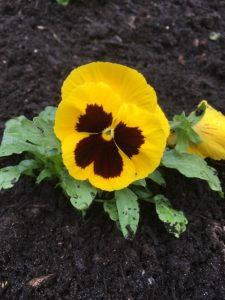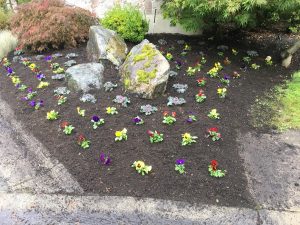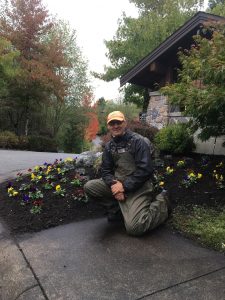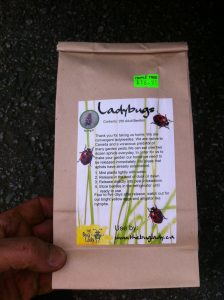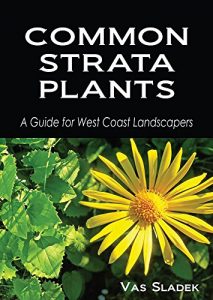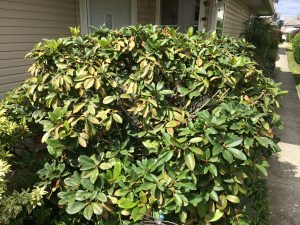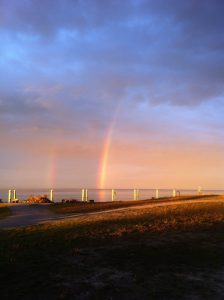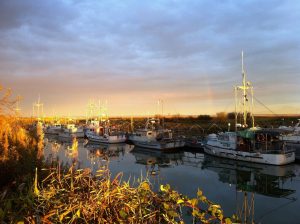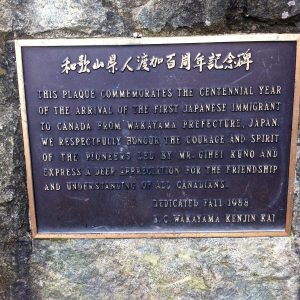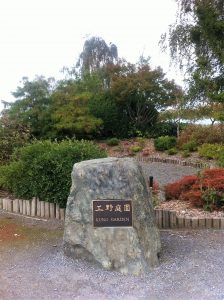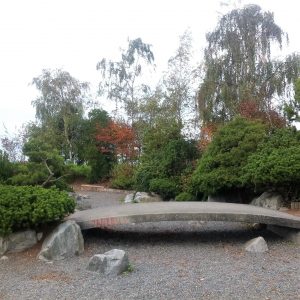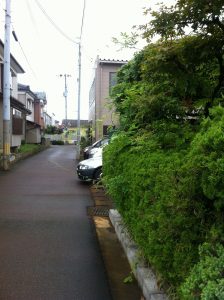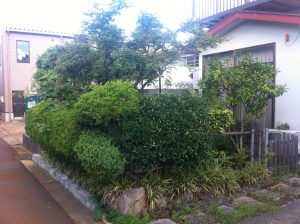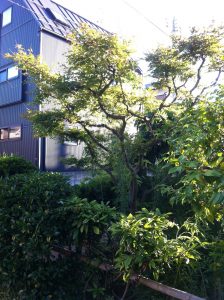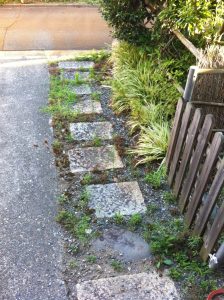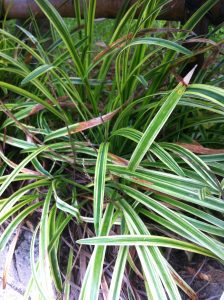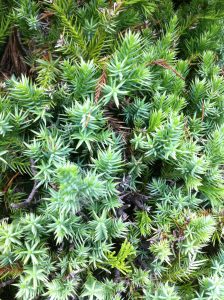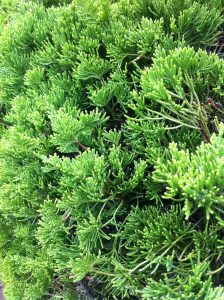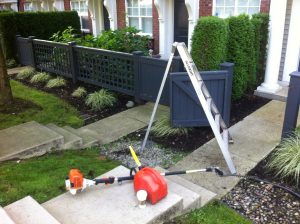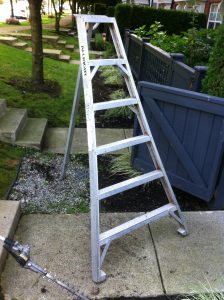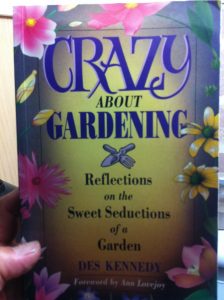Fall is here and chances are if your planted beds are still full of annuals, they don’t look their best. And if they still do, think about changing them over soon. At one site, a strata council lady wanted us to plant winter annuals in amongst the old summer annuals; AND move some of the summer annuals around the complex. No way is that a good idea. Give it one cold day and summer annuals like begonias will turn to mush.
Time to switch
The simplest switch involves pulling your old summer annuals. And do it well. Dig up every single plant and rake out all broken flowers parts. Try not to remove too much soil as you do this.
If you have access to a rototiller, this is a good time to use it. Yes, tilling destroys soil structure but it’s Ok. Remember we’re not growing crops. The idea is to prepare your beds for easy planting. The softer the soil is for planting, the better it is for your wrists. When I worked at the City of Coquitlam our beds were so fluffy we didn’t need trowels!
If you don’t have a rototiller then just cultivate your bed nicely. That’s what I had to do last week and it was fine because I only had to work with six flats.
Don’t forget the critical last step: a courtesy blow. I had to remind my crew members to blow along the curb gently. Otherwise you risk getting debris blown in thereby ruining the show.
One extra twist
If you were planting spring bulbs, they would go in first. Obviously. Then the annuals would go on top. In spring, when the bulbs pop up, you remove the winter annuals. Then you sit back and enjoy your spring display. That’s called delayed gratification and after months of waiting, you deserve it.





